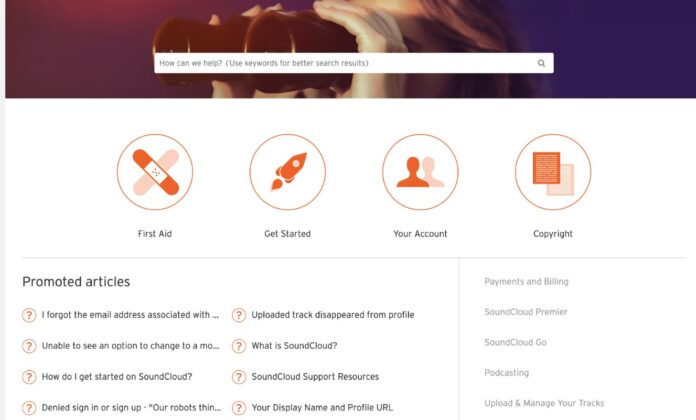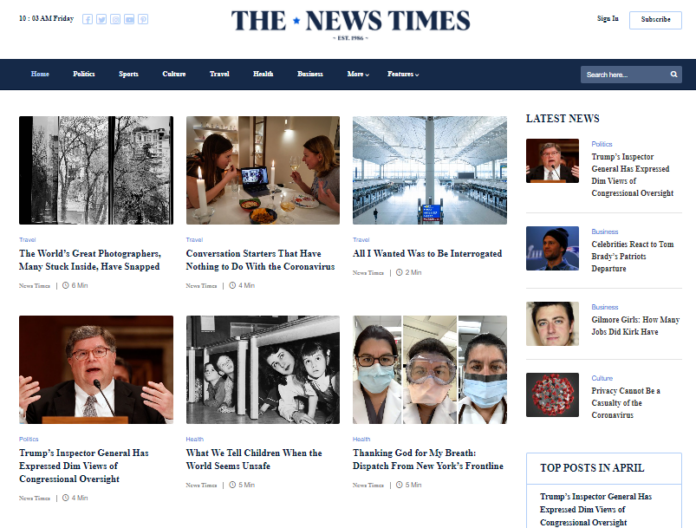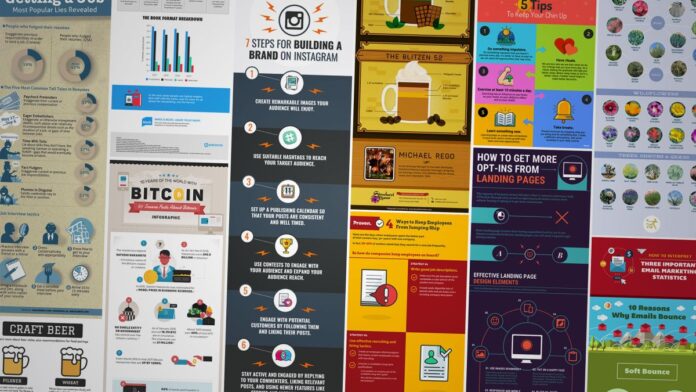What we call the World Wide Web is populated mainly by text and videos. As popular as videos are, text still rules the day from an SEO and marketing perspective. Therefore, a website has to offer a decent amount of written content to effectively engage with visitors.
The question for many website owners is, “What kind of content do I need?” The answer depends on a whole host of things including the nature of one’s business, the customers that business is trying to reach, and how content marketing plays into the company’s overall marketing strategy.
Here’s the most important thing to remember – productive content is content that resonates with visitors. That being the case, website owners and digital marketers both sell themselves short when they create content only for SEO purposes. There is so much more to it than that.
While there is no hard and fast rule about the type of content that should be on a given website, there are five types that tend to resonate with website visitors. According to Salt Lake City-based Webtek Digital Marketing, these are the types of written content that dominate the web.
1. Relevant Blog Posts

More and more businesses are adding blogs to their websites. Why? Because relevant blog posts engage visitors. For the record, a relevant blog post is one that is in some way tied to the company’s products or services and the consumers that buy them.
Webtek’s blog is the perfect example. Their posts are relevant to their industry. Each post is designed to offer some sort of useful information to website owners, business owners, and others in the SEO industry. You will not find posts about the owner’s vacation or how the break room was recently remodeled to make for a more collaborative environment. Those topics are irrelevant to Webtek’s customers.
Before moving on, there is a caveat to the relevance issue: relevance does not necessarily mean only the products or services a company sells. If a company sells truck tarps for example, not every blog post has to talk about those tarps in order to be relevant. The truck drivers who buy the tarps are also interested in reading about other things related to what they do. Discussing such tertiary topics is a way to ensure that blog posts resonate with the target audience.
2. FAQ Pages

The humble FAQ page doesn’t get enough attention. Businesses ignore it despite the fact that it is one of the most powerful tools for online engagement. If you don’t know why that is, it’s in the title.
‘FAQ’ is an acronym for ‘frequently asked questions’. Assuming the questions are legitimate, they are reality-based – which is to say that a lot of people ask them on a regular basis. So, step back and think about it.
If you are a business owner and you know that your customers ask the same 10 or 15 questions over and over again, you already know what they want to know. Put that information on your website in FAQ format and your customers will eat it up. Guess what? You will also draw in new customers who ask the very same questions of Google and Bing.
3. Industry News

As a professional content creator, I could tell you stories of sitting around for hours trying to come up with topics to write about. There is a point at which every professional content creator hits a roadblock. When that happens, my first solution is to start scouring the news.
It turns out that consumers appreciate industry news. For instance, imagine a company that sells lithium-ion batteries. These are consumer batteries for flashlights, remote controls, etc. Not all their posts have to be about consumer batteries.
A post or two about lithium-ion batteries for electric vehicles should garner plenty of interest. A post about scientists in a faraway land developing a new kind of rechargeable battery will be fascinating to the company’s customers.
Far too many businesses discount the power of industry news to drive traffic and engage consumers. That’s unfortunate. It is unfortunate because you can only recycle the same blog topics so many times before readers get bored. Industry news continually changes. It gives customers a reason to come back.
4. Case Studies
Next up are case studies. To be clear, case studies are not appropriate for every company or industry. But when they are appropriate, they can be amazingly effective at resonating with visitors.
What is a case study? It is a detailed description of a real-life scenario involving a company’s products, services, etc. Let us say the Acme Widget company hires some company to improve its search engine ranking.
The team would do what they always do. Twelve months later, they can demonstrate that Acme’s search engine rankings have improved drastically. Acme is happy and the two companies go their separate ways.
They then publishes a post detailing what happened. They present the problem Acme hired them to solve. They explain how they went about addressing that problem, followed by an explanation of the results they achieved. The case study closes with a remark or two from Acme explaining that they were happy with the results. That resonates.
5. Infographics

This last type of content, the infographic, isn’t purely text-based. Rather, it is a combination of text and graphics. It is included here because good writing is an infographic’s foundation.
Infographics give consumers usable information in bite-sized chunks that are reinforced by graphic images. A well-designed infographic makes information both easy to consume and memorable at the same time. It is ideal for getting points across quickly and succinctly without requiring a lot of time from visitors.
Written content should do more than drive traffic to a website. It should also engage visitors in a way that resonates with them. When content resonates, it creates positive thoughts and emotions. That builds interest and gives visitors a reason to come back. Isn’t that the point?







